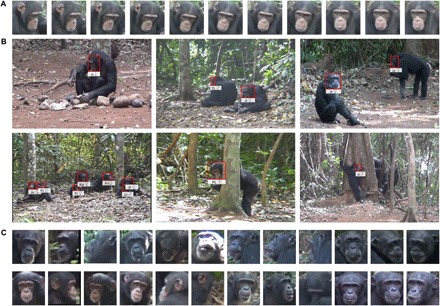Fig. 2. Face recognition results demonstrating the CNN model’s robustness to variations in pose, lighting, scale, and age over time.

(A) Example of a correctly labeled face track. The first two faces (nonfrontal) were initially labeled incorrectly by the model but were corrected automatically by recognition of the other faces in the track, demonstrating the benefit of our face track aggregation approach. (B) Examples of chimpanzee face detections and recognition results in frames extracted from raw video. Note how the system has achieved invariance to scale and is able to perform identification despite extreme poses and occlusions from vegetation and other individuals. (C) Examples of correctly identified faces for two individuals. The individuals age 12 years from left to right (top row: from 41 to 53 years; bottom row: from 2 to 14 years). Note how the model can recognize extreme profiles, as well as faces with motion blur and lighting variations. (Photo credit: Kyoto University, Primate Research Institute)
